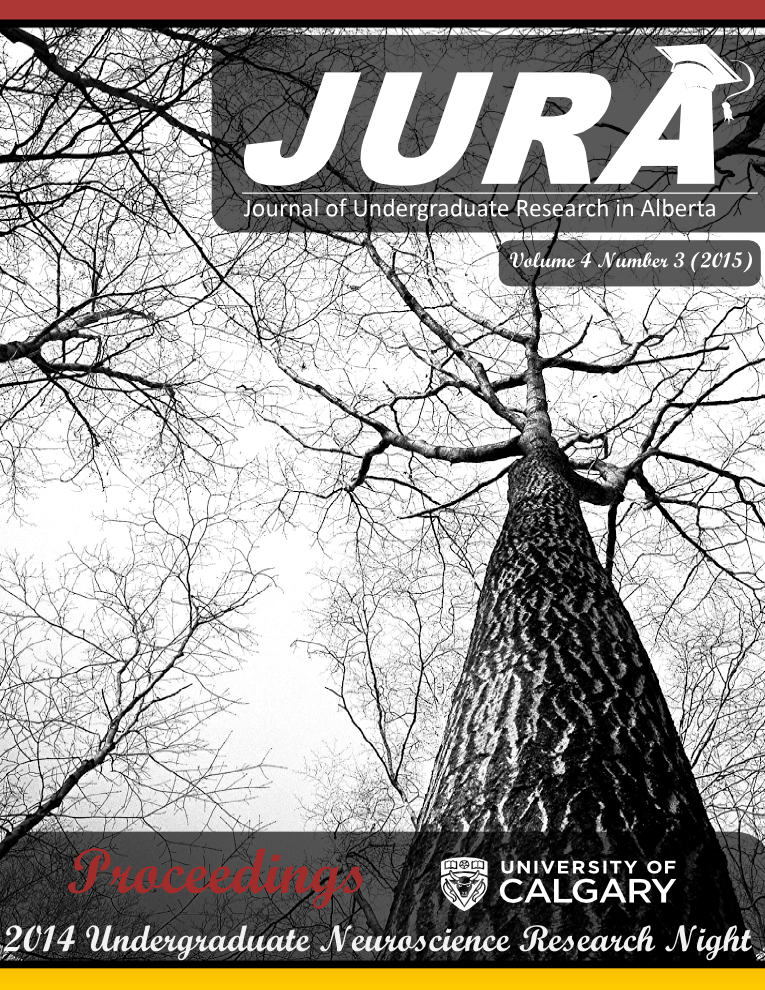MODULATION OF THE L-TYPE CALCIUM CHANNEL CAV1.2 BY NOCICEPTIN AND ITS RECEPTOR NOP1
Keywords:
Nociceptin, L-type Calcium ChannelAbstract
The endogenous neuropeptide nociceptin (N/OFQ) and its receptor, the nociceptin receptor (NOP1), are highly expressed in the hippocampus, where they regulate learning and memory by inhibiting synaptic transmission and plasticity. The L-type calcium channel (LTCC) Cav1.2 is also expressed in the hippocampus and is one of the major sources of Ca2+ in the postsynaptic compartment of neurons. Activation of Cav1.2 regulates memory and learning-associated biochemical changes through activation of cAMP response element-binding protein (CREB) and NMDA receptor-independent long-term potentiation (LTP). It has previously been shown that activation of NOP1 receptor by nociceptin downregulates LTCCs as well as other voltage gated calcium channels in hippocampal neurons [2], but little is known regarding the molecular mechanisms of this modulation. We show that Cav1.2 and NOP1 receptor form a complex and co-immunoprecipitate from transfected tsA201 cells and from hippocampal brain tissue. Calcium imaging of cultured rat hippocampal neurons treated with nociceptin (1uM) and depolarized with 40mM KCl revealed a significant decrease in calcium influx. Treatment with the LTCC blocker, Nifedipine showed that calcium influx is partially mediated by Cav1.2. Subsequent imaging of cultured rat hippocampal neurons treated with nociceptin (100nM) and depolarized with 40mM KCl revealed a significant decrease in CREB phosphorylation in the nucleus, an important step for neuronal plasticity. Treatments with Nifedipine and NMDA receptor antagonists (MK-801 and APV) indicate that the activation of nuclear p-CREB results in part from the activation of Cav1.2, and is NMDA receptor-independent. Our data provide novel insights into the mechanisms by which the endogenous neuropeptide nociceptin affects hippocampal neuron function. Ultimately, this could identify new strategies for the alleviation of memory disorders.
Downloads
Downloads
Additional Files
Published
Issue
Section
License
Authors retain all rights to their research work. Articles may be submitted to and accepted in other journals subsequent to publishing in JURA. Our only condition is that articles cannot be used in another undergraduate journal. Authors must be aware, however, that professional journals may refuse articles submitted or accepted elsewhere—JURA included.


